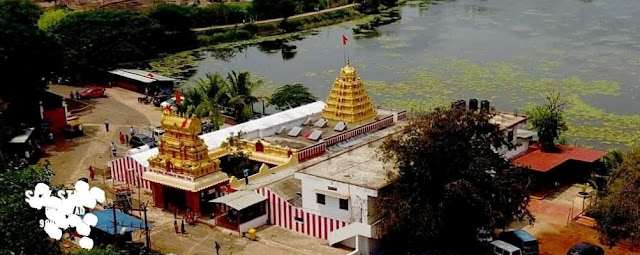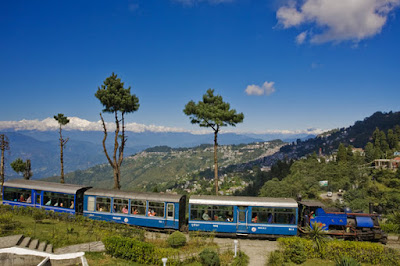Balabheema Hanuman of Nuggikeri

Every Hanuman Jayanti day, i invariably remember the small beautiful temple by the lake in Nuggikeri on the outskirts of Dharwad in Karnataka. I had been visiting this temple since those days when the approach to the temple was through a kachcha road. Today, thanks to digital revolution and social media, this temple is well known, much photographed and has also featured on TV shows. 7 kms from Dharwad city centre on the Kalghatagi Road is the village of Nuggikeri. Nestled amidst greenery is the temple of Balabheema Hanuman on the banks of the Nuggikeri lake. Going past numerous stalls selling pooja items like coconuts, flowers and incense sticks, you are welcomed by a majestic Garuda Stambha. Facing it is the three story Gopuram, which leads you into the temple, said to be one of the most powerful in the region. The idol of Lord Hanuman, usually robed in silver, catches your immediate attention. It is the eyes of the Lord Hanuman that depict special energy. My friend and

